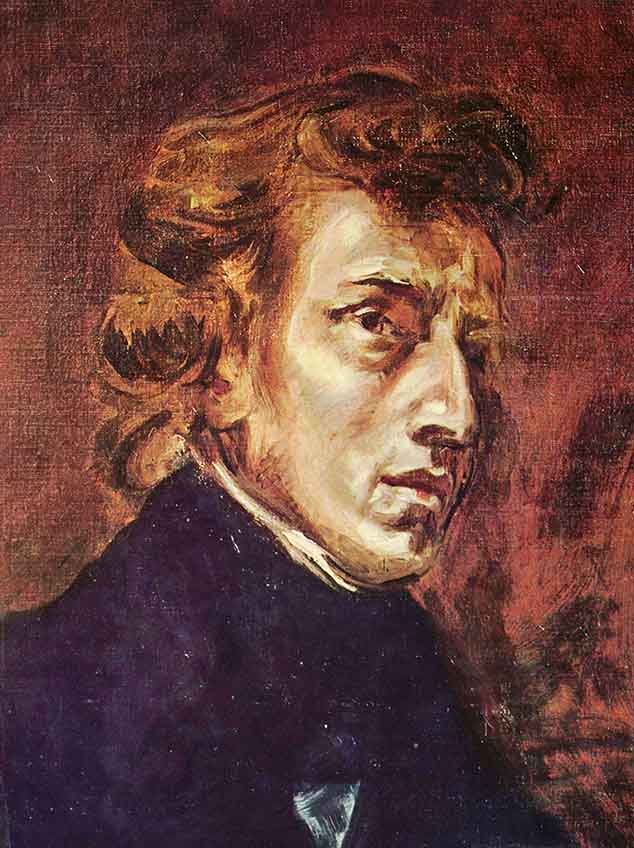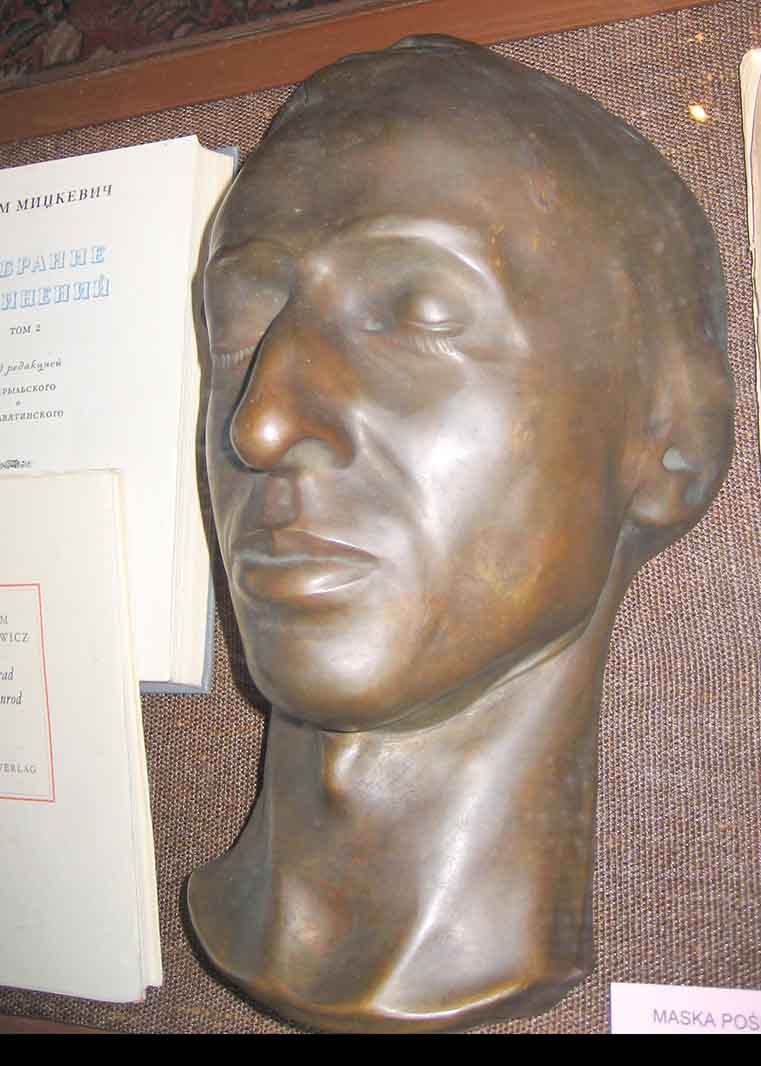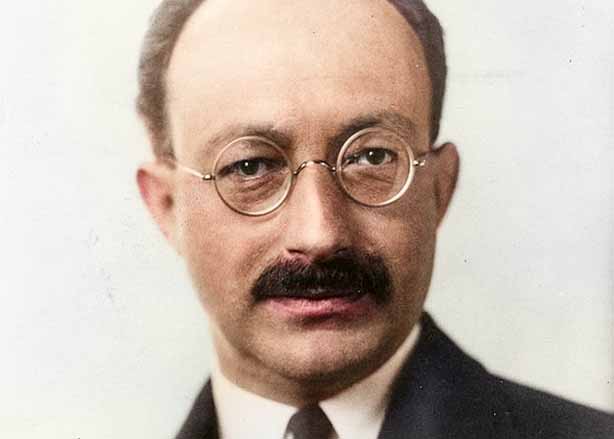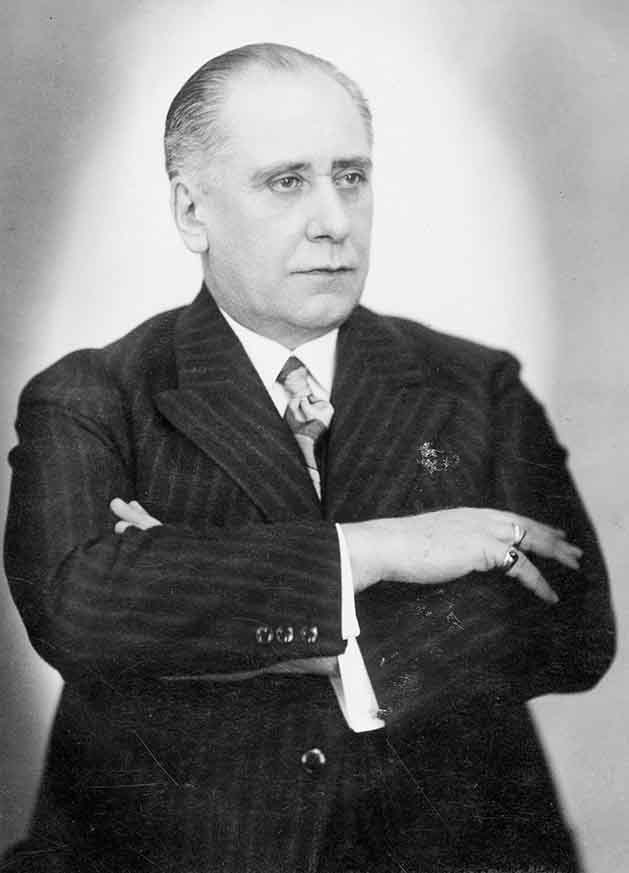Fryderyk Chopin, the renowned Polish composer and virtuoso pianist, is revered for his deeply emotional chamber music. October 18th marks the 175th anniversary of his premature death in 1849.
His waltzes, mazurkas and nocturnes are not only beautiful and full of emotion, but also reflect his personal life and the turbulent political atmosphere of the time, awakening a sense of beauty, patriotism and melancholy. His polonaises have forever entered national history as symbols of Polishness.

3D digital reconstruction of Chopin's appearance based on Bisson's circa 1847 daguerreotype and his death mask, by digital artist Hadi Karimi (2020). (Source: Wikipedia)
While many recognize his major works and his role as one of the greatest pianists of the Romantic era, there are lesser-known details about his life and career that offer a more nuanced understanding of this enigmatic artist. Let’s explore some of these fascinating facts about Chopin that you might not have heard before.
Chopin and the Polish-Lithuanian Commonwealth
Though widely regarded as a symbol of Polish national pride, Frederic Chopin’s heritage is more complex than commonly believed. His father, Nicolas Chopin, was French, and his mother, Justyna Krzyżanowska, was of Polish descent.

Chopin at the age of 25, by his fiancée Maria Wodzińska, 1835 (Source: Wikipedia)
However, it is worth noting that Chopin was born in 1810, only 15 years after the final partition of the Polish-Lithuanian Commonwealth, a vast political union that had existed for over 400 years. Chopin grew up in a time when Polish culture was still very strong, and he always thought of himself as Polish at heart, even though he experienced a lot of French influences as well. Chopin’s upbringing was influenced by French Enlightenment ideals and the broader cultural melting pot of the Commonwealth, where many different ethnicities and religions coexisted.
A Composer with an Eye for Poetry
Chopin's musical genius often overshadows his sensitivity to literature, especially poetry. While most people recognize the deep emotion in his compositions, fewer know how integral poetry was to his artistic development.
One of his favorite poets was Adam Mickiewicz, a famous Polish writer who wrote about love for Poland and the pain of being far from home. Chopin was known to carry Mickiewicz’s poems with him, and found solace and inspiration in their themes of exile and longing for Poland for his music. This love for poetry shows up in the way Chopin wrote his music, which often feels like it’s telling a story or expressing deep emotions, much like a poem does with words, giving his music a lyrical quality, where the melody often feels like a voice singing with great depth of feeling.
The Strange Paradox of Chopin’s Health and Talent
Chopin’s frail health has become almost as famous as his music, with many biographers noting that he suffered from various illnesses throughout his life, including tuberculosis. However, what’s less known is the paradoxical relationship between his illness and his music. While physically weak, Chopin was capable of feats of extraordinary precision and strength at the piano. His technique required the highest level of control, making his performances seem effortless, despite the physical toll of his ill health.

Chopin at 28, from Delacroix's joint portrait of Chopin and Sand, 1838 (Source: Wikipedia)
In a peculiar twist, Some people think that Chopin’s illness might have actually shaped his unique style. His smaller, more delicate stature perhaps guided him toward creating music that emphasized nuanced touch and expression rather than brute force. This may explain the light touch, intimate, almost whispered quality of his compositions, in contrast to the loud, forceful style that was popular at the time.
His illness likely forced him to approach the piano in a way that avoided grandiose gestures, allowing him to craft an entirely new pianistic language centered on subtlety. This may be why his music often sounds so intimate and delicate, like he’s whispering to the listener through his piano.
A Preference for Unconventional Instruments
Although most people think Chopin only played on Pleyel pianos, which were popular in France during his time, Chopin didn’t limit himself to this one brand. His life in Paris, where he spent much of his adult life, allowed him access to a wide range of instruments. He also favored Broadwood pianos, particularly during his time in England and Scotland, which are noted for their rich, mellow tones.
Chopin believed that each piano had its unique voice, and he would often modify his playing technique depending on the instrument he had in front of him. His insistence on playing specific types of pianos for certain compositions reveals just how deeply he was involved in every aspect of his musical creation, from composition to performance.
This shows how much Chopin cared about every little detail of his music, from how he wrote it to how it sounded in different settings.
Chopin’s as a Teacher: The Importance of the Pedal
While Chopin is famous for playing the piano, his role as a teacher is often less discussed, whereas he was also a beloved teacher.
Chopin only gave around 30 public performances in his lifetime, preferring the intimacy of salons. He earned his living mainly through teaching, and his students revered him as a meticulous and patient instructor.
One area where Chopin placed particular emphasis and focused on a lot in his lessons was on the use of the piano’s pedal.

The manuscript of Polonaise in A flat major, Op. 53 "Heroic" (Source: Wikipedia)
The pedal might seem like a small detail, but Chopin thought it was very important for making music sound more expressive. Unlike many pianists of his era, Chopin approached pedaling as a crucial part of his technique. He believed the pedal could be used to create subtle tonal effects and enhance the expressiveness of the music. He even called the pedal the “soul of the piano,” and he was known for his highly detailed instructions regarding its use.
His careful use of the pedal is part of what makes his music sound so special, creating smooth transitions and blending notes in a way that makes his music sound dreamy and emotional.
A Quiet Political Activist
Chopin lived through a time when Poland was struggling to gain independence from Russia, and this affected him deeply. It’s no secret that Chopin’s music is infused with a deep sense of Polish nationalism. However, few people realize that Chopin’s political leanings extended beyond mere sentiment.
He lived through a time of great political upheaval, and though he was not actively involved in revolutionary movements, Chopin was deeply affected by the November Uprising of 1830, when Poles rebelled against Russian rule.
Chopin's Polonaise in A flat major, Op. 53, known as the Heroic (French: Polonaise héroïque), performed by Ignacy Paderewski. It was composed for solo piano in the summer of 1842. The piece is an important symbol of Polishness. A fragment of it, for example, was used as the call sign of the First Programme of Polish Radio.
Chopin’s decision to leave Poland in 1830, never to return, was motivated not only by a desire to advance his career in Paris but also by the political instability of his homeland.
His music became a vehicle through which he could express his patriotism, particularly in his mazurkas and polonaises, which contain references to traditional Polish dance forms and carry a sense of pride and patriotism.
In his private letters, Chopin revealed his sorrow over Poland’s plight, but he chose to express his feelings through his art rather than through political activism. This was his way of expressing his hopes for a free Poland, even though he was far from home.
Chopin’s Ambiguous Religious Beliefs
Raised in a Catholic household, Chopin attended mass and participated in religious observances, particularly in his youth. However, as he grew older, Chopin’s beliefs seemed to become more ambiguous, more complicated. His letters suggest that while he retained a sense of spirituality, he was also skeptical of organized religion.
In his final days, Chopin requested a Catholic funeral, but there are signs that his faith may not have been as deeply rooted as his family might have hoped and wanted.
His mixed feelings about faith reflected the time he lived in, where people were questioning traditional beliefs in favor of new, more modern ideas. The broader intellectual climate of the time reflected the ideals of the Enlightenment, which often conflicted with traditional beliefs.
An Unusual Legacy
One of the more peculiar aspects of Chopin’s legacy is his death mask. After his death in 1849, a plaster cast was made of his face, a common practice at the time for preserving the likeness of famous individuals.

Chopin's death mask, Polish Museum in Rapperswil (Source: Wikipedia)
Chopin’s death mask, along with a cast of his left hand, still exist today and serve as a haunting memento of his mortality, reminding people how hard his health struggles were. The mask reveals a gaunt, hollow, tired face, reflecting the toll that illness had taken on his body. Despite the mask’s somber appearance, it has become a significant artifact, offering a rare glimpse into the physical appearance of the composer in his final moments. Even though it’s a bit eerie, the mask is a unique piece of history that gives us a glimpse of what Chopin looked like in his final moments.
Conclusion
Frederic Chopin was an incredible musician and remains a towering figure in the world of classical music. However, his life was filled with contradictions and complexities that are not always reflected in the popular narrative. We need to remember that he was also a complex and interesting person with many sides to his life.
From his Polish and French roots, to his love for poetry, his careful attention to detail in music, his unique approach to the piano, his intimate relationship with poetry, and his struggles with health and faith, there’s much more to Chopin than just the beautiful music he left behind, yet they all contributed to the depth and richness of his music.
These lesser-known aspects of Chopin’s life reveal a man who was as enigmatic and intricate as the music he composed, providing new dimensions to our understanding of this musical genius.


















